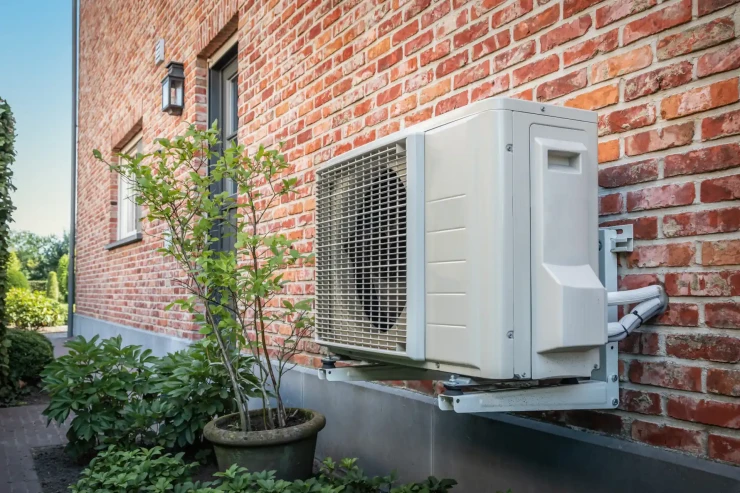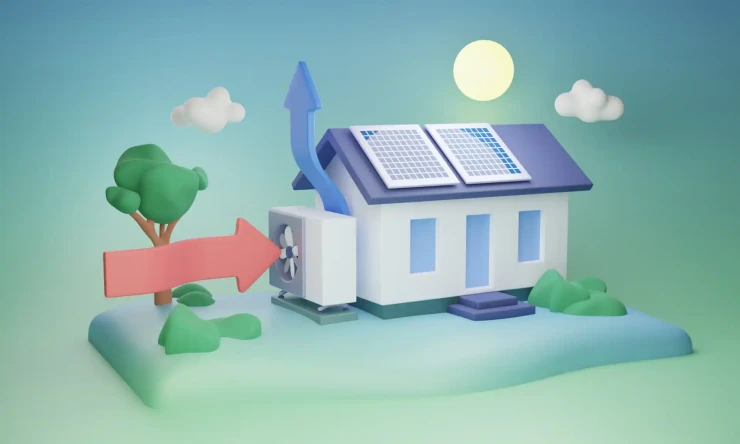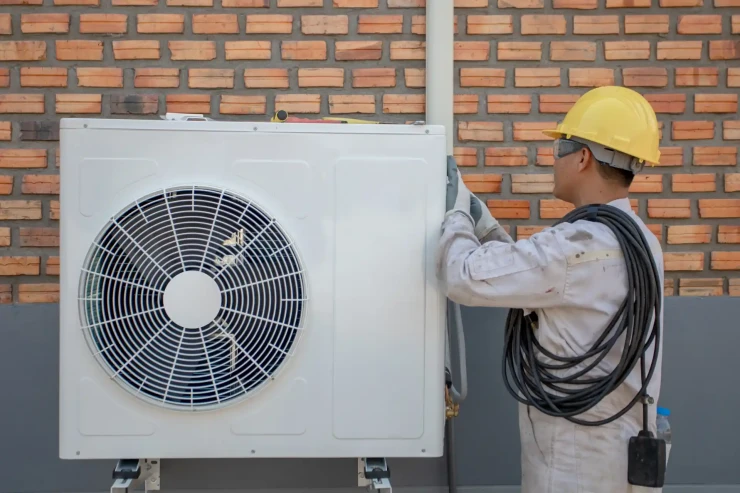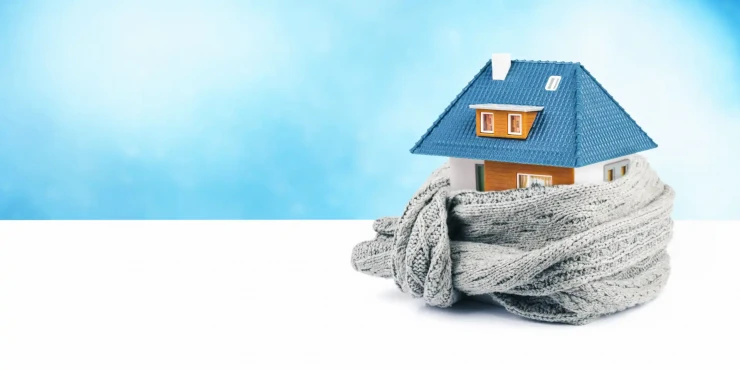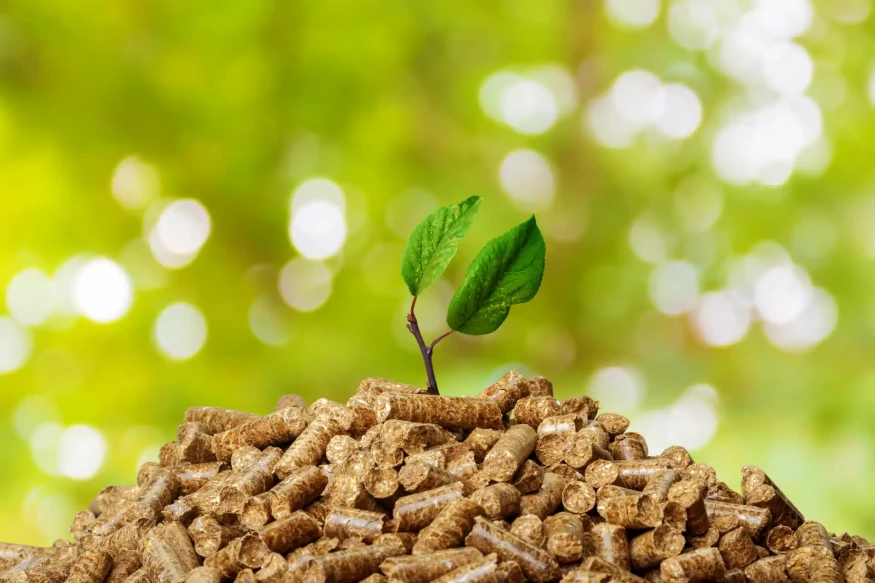
Settling in for an evening in front of a roaring fire is the dream for so many people, but in a world where opting for eco-friendly alternatives is becoming increasingly necessary, how do fireplaces fit in? Do we need to give up on a millennia-long history spent obsessing over fire or is it possible to enjoy the comforts of a fireplace while still having an environmentally friendly home?
Choosing your fuel
When we think of traditional fireplaces, we tend to think of coal-fuelled fires or wood-burning stoves. But those aren’t the only options on the market, especially if you want an eco-friendly fire. Electric fires, for example, are one of the most sustainable options you can buy because they don’t emit any pollution and if the electricity is sourced by sustainable means such as solar power, they can provide a low-carbon solution.
Gas-fuelled fires are more energy efficient than wood burners, but they are still reliant on fossil fuels so they’re not necessarily the best option for reducing the carbon footprint of your home. Pellet stoves are another suggestion – this uses compressed wood pellets as their fuel source which emits fewer pollutants.
Another eco-friendly fuel option is bioethanol, a renewable fuel produced from plant materials like corn, sugarcane or wood waste. Bioethanol fireplaces burn cleanly with minimal emissions and the fuel is also very efficient, providing a high heat output compared to some other fuel sources. For another completely emissions-free fuel, there are also fireplaces powered by denatured ethanol, a type of alcohol fuel made from renewable plant sources that burns with no smoke or particulates released into the air.
COMPARE PRICES FROM LOCAL INSTALLERS
Compare prices from local companies fast & free
Enter your postcode to compare quotes from leading professionals. We promise to keep your information Safe & Secure. Privacy Policy
What are the environmental concerns of fireplaces?
Fireplaces come with several concerns when it comes to the environment. The first, of course, is air pollution. UK government statistics have shown that domestic wood burning is now the single biggest source of small particle air pollution in the UK, even higher than that of road traffic. What’s more, the Department for Environment, Food and Rural Affairs revealed last year that domestic wood burning, such as that from open fires and closed stoves, accounted for 17% of particulate air pollution in 2021.
Wood-burning or gas-fuelled fires add volatile organic compounds (VOCs) to the air and carbon monoxide which leads to poorer air quality and smoke, potentially harmful to our health. They also release carbon dioxide which contributes to climate change.
While wood is a renewable resource, when burned it has a huge carbon footprint that affects the amount of carbon emissions of your fireplace. The demand for firewood also contributes to deforestation, which not only destroys delicate ecosystems and wildlife habitats but also minimises the Earth’s capacity to absorb CO2, further contributing to climate change.
How to make your fireplace more eco-friendly
No matter what type of fireplace you choose, there are ways to make using it more environmentally friendly. With the following tips, you’ll be able to enjoy the cosiness a fireplace affords you without worrying that you’re harming the planet in the meantime.
Maintain it
Maintaining your fireplace is a key component of keeping it working well for years to come, while also minimising its environmental impact. For example, if you have a fireplace that requires a chimney, make sure it’s kept clean to remove the build-up of creosote which can contribute further to air pollution and increase the risk of chimney fires.
Make sure you’re only using dry, seasoned firewood to maximise efficiency and dispose of the ashes responsibly. If you have a gas or electric fire, have it serviced once a year to ensure it’s working optimally to reduce the fire working harder than it needs to.
Operate efficiently
Another way to significantly reduce the environmental impact of a fire is to operate it efficiently. Avoid overloading the fire to keep the burn stead and controlled, since overloading it can increase pollution and also lead to inefficient burning. Another way to optimise energy efficiency is to use a fireplace insert which prevents heat loss through the chimney.
Use the door
While watching the dancing flames of a fire may be an enchanting feature of having a fireplace in the home, it does mean you’re losing a lot of heat and allowing pollutants to enter the air if you have a wood or gas-fuelled fire. A closed-door, eco-designed stove is a great way to keep the heat in and still enjoy the look of a real fire. Of course, another benefit of having a door on your fireplace is that it improves safety.
Consider the placement
Fire is undoubtedly the heart of a fireplace, but the placement is a close second. Strategically positioning stoves in central locations ensures even heat distribution throughout the room. The smaller the room, the smaller the fire needed to warm it effectively.
Traditionally, fireplace locations were determined during the early construction phase, with chimneys and flues carefully planned and combined to channel smoke upwards. However, modern fires can retain a traditional aesthetic with an exposed flue, while allowing flexible placement on walls or even ceilings. There are even pivoting stoves that can rotate their fires, rapidly warming a cosy nook or directing heat towards larger gathering spaces as needed for greater efficiency.
While traditional fireplaces that burn wood or fossil fuels like gas have significant environmental drawbacks in terms of air pollution, carbon emissions, and deforestation, there are ways to make fireplaces more eco-friendly. Switching to sustainable fuel sources like electricity from renewable sources or compressed wood pellets can drastically reduce the environmental impact.
Additionally, modern fireplace designs allow for flexible installation freed from the constraints of traditional chimneys and flues. With thoughtful choices and measures taken, it is possible to enjoy the cosiness and ambiance of a fireplace while being environmentally responsible. As humanity collectively strives for more sustainable living, if you choose wisely, fireplaces can still have a valued place in creating comfortable, low-impact homes.
Find a local installer
Welcome to the biggest directory of UK renewable energy companies










